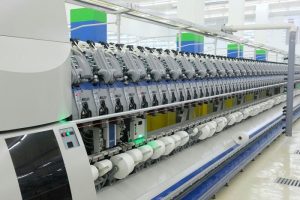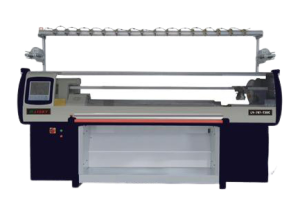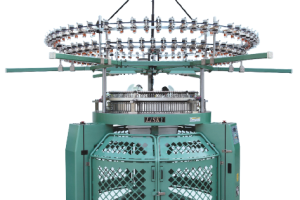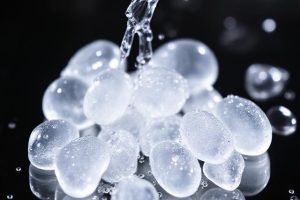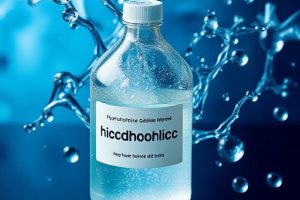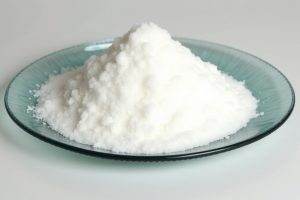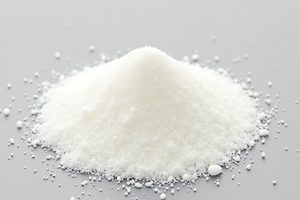The present invention relates to the improved formulation, stabilization, and application of hydrogen peroxide (H₂O₂), a powerful oxidizing agent widely used for bleaching, disinfection, environmental remediation, and chemical synthesis. Hydrogen peroxide is valued for its high reactivity and clean decomposition into water and oxygen.
Hydrogen Peroxide
Abstract
However, its instability in the presence of heat, light, and metal ions presents storage and handling challenges. This invention introduces stabilized hydrogen peroxide systems and delivery methods that enhance shelf life, control reactivity, and enable safer and more efficient use across a broad spectrum of industries.
Background of the Invention
Hydrogen peroxide is a pale blue, water-like liquid with strong oxidizing properties. It is commonly available in concentrations ranging from 3% (for household use) to 90% (for industrial or rocket propulsion applications). Hydrogen peroxide decomposes exothermically into water and oxygen, a reaction accelerated by heat, light, and the presence of catalytic impurities such as metal ions.
Due to its versatility, hydrogen peroxide is used in a wide range of applications—from medical antiseptics to high-strength industrial oxidizers. However, several limitations restrict its broader use:
-
Instability and decomposition, particularly in concentrated forms.
-
Storage and transport hazards, including pressure build-up in sealed containers.
-
Reactive incompatibility with certain organic materials and reducing agents.
-
Corrosiveness to skin and some metals at higher concentrations.
Existing technologies have introduced stabilizers to slow decomposition, but these often add residues or reduce the efficacy of H₂O₂ in sensitive applications. Thus, there is a need for enhanced hydrogen peroxide formulations and delivery systems that balance stability, reactivity, and safety.
Hydrogen Peroxide
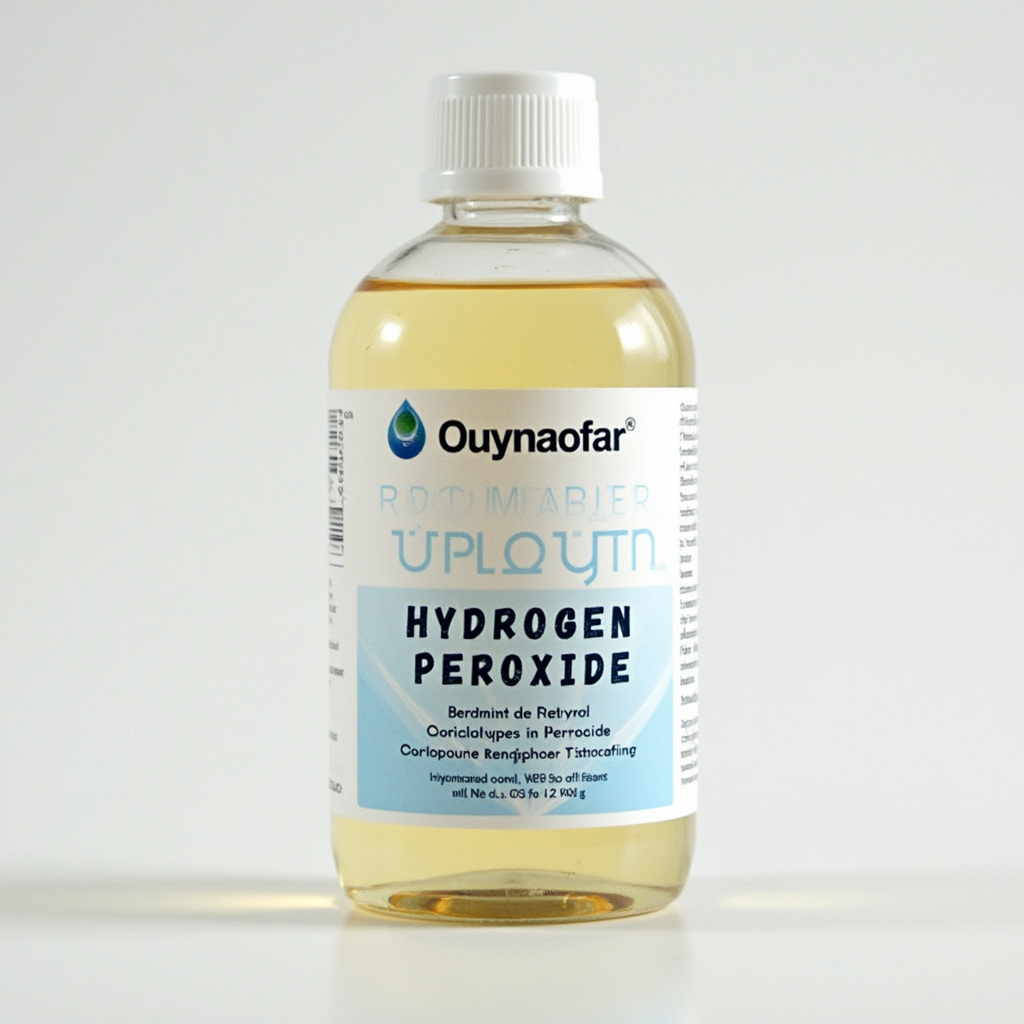
Hydrogen peroxide is used in diverse sectors due to its strong oxidizing capability and environmentally benign decomposition products. Major applications include:
- Medical and Healthcare
- Water and Wastewater Treatment
- Textile and Pulp & Paper Industry
- Cleaning and Sanitation
- Cosmetics and Personal Care
- Chemical Manufacturing
- Electronics and Semiconductor Industry
- Environmental Remediation
- Agriculture and Food Processing
- Energy Sector
Hydrogen peroxide remains a green chemistry tool due to its clean decomposition into water and oxygen. This invention builds upon its strengths by making its storage, handling, and use safer and more efficient across all key industries.

